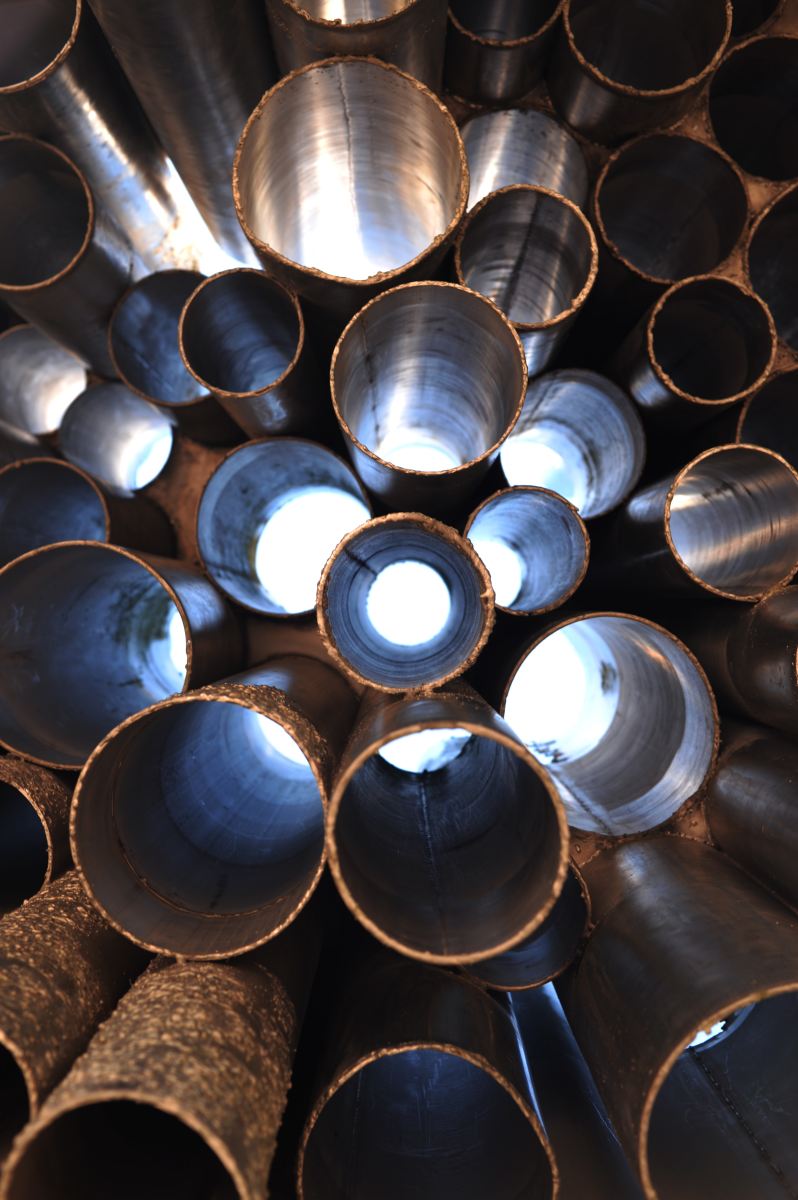Stimulated by Lee et al 2023.[1]
NMA – network meta-analysis
RCT – randomised controlled trial
OAK – osteoarthritis of the knee
MA – manual acupuncture
EA – electroacupuncture
SMD – standardised mean difference
MCID – minimum clinically important difference
NICE – National Institute for Health and Care Excellencekey to acronyms
I first wrote about this on the blog in September 2019.[2] It was an NMA on acupuncture for hot flushes that analysed the use of real acupuncture with sham devices in a separate node from real acupuncture without such devices.
A node is a technical term used within an NMA that represents a particular intervention or control procedure. The network is made up of nodes that are connected by the direct comparisons between interventions from individual RCTs included in the NMA. If the network created is statistically consistent, then indirect comparisons between interventions are more reliable.
What this team did in 2019, which was entirely novel at the time, was to split the real acupuncture node into two based on the use or not of sham devices. This allowed a comparison between real acupuncture with and without the sham devices – something that could never be directly compared without compromising blinding and introducing bias. Having experienced the difficulty of performing real acupuncture with sham devices for a television programme (see my previous blog – Trust me…), I was relieved to see my suspicions supported by this first NMA. My suspicion being that the devices significantly impede the practitioner from performing optimal real acupuncture.
At the time, I wondered if the result would be transferable to pain, and now, the same team, with a few additions, have performed another NMA, but this time on trials of OAK.[1]
The result is essentially the same – using a sham device significantly reduces the size of the real effect of acupuncture in RCTs of OAK. We already know that using these devices increases the group mean difference between real and sham treatment in chronic pain (see my previous blog: …IPDM update),[3] so this data must temper the otherwise increasing tendency to use such devices in sham controlled RCTs, particularly those testing MA.
An exception might be in the case of trials of EA, which was excluded in this NMA, along with laser acupuncture. The devices hamper physical manipulation of needles, but having placed the needles, EA is not likely to be affected in terms of its stimulus potential. On the other hand, sham EA is likely to be improved by the use of such devices, which can ensure that there is no electrical nerve stimulation in the sham group.
Interestingly, looking at the indirect comparisons in the NMA, we can see that the effect estimate (SMD) for real acupuncture without a device against non-penetrating sham (ie with a device) goes up compared with the direct comparison with a penetrating sham (-0.45 vs -0.34). Unfortunately, it still does not reach the MCID set by NICE for acupuncture in OA (-0.5). But importantly this opens up the possibility for the best real-world acupuncture to be rigorously compared with the best explanatory non-penetrating sham control, at least in an NMA.
Furthermore, I think the EA in OAK RCT data could be included in the future, but with the real EA in a separate node from MA, and the sham EA included with the sham device node. That way, the EA data can be used in the network with minimum compromise to the statistical consistency of the network. That might give us some nice indirect comparisons of EA and MA.
References
1 Lee B, Kim T-H, Birch S, et al. Comparative effectiveness of acupuncture in sham-controlled trials for knee osteoarthritis: A systematic review and network meta-analysis. Front Med 2022;9:1061878. doi:10.3389/fmed.2022.1061878
2 Kim T-H, Lee MS, Alraek T, et al. Acupuncture in sham device controlled trials may not be as effective as acupuncture in the real world: a preliminary network meta-analysis of studies of acupuncture for hot flashes in menopausal women. Acupunct Med 2020;38:37–44. doi:10.1136/acupmed-2018-011671
3 Vickers AJ, Vertosick EA, Lewith G, et al. Acupuncture for Chronic Pain: Update of an Individual Patient Data Meta-Analysis. J Pain 2018;19:455–74. doi:10.1016/j.jpain.2017.11.005
Published
